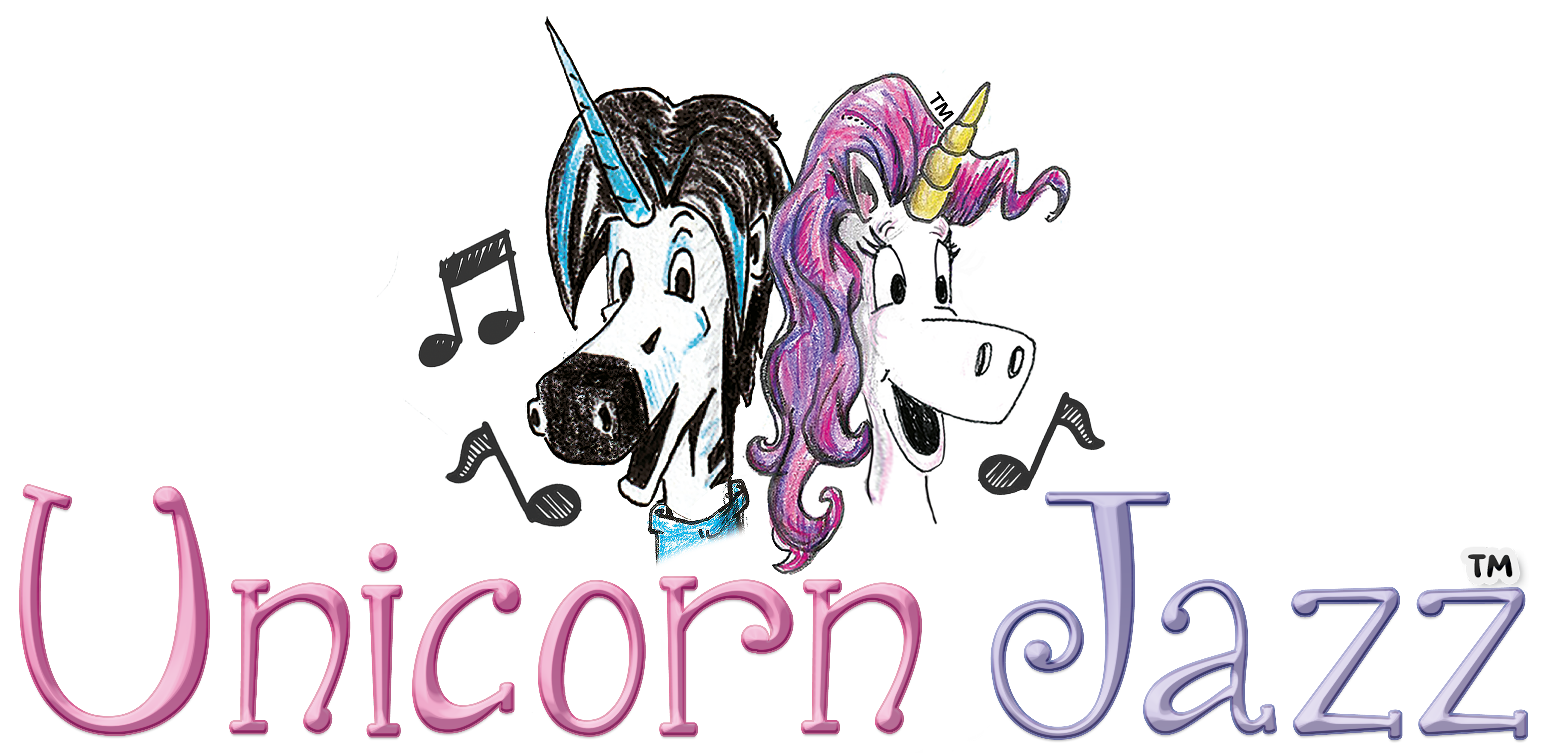Social Emotional Intelligence & Child Development: Why the Early Years are So Important
As parents, when we tell our kids to always be smart, we don’t just mean that they should pay attention and get good grades in school – that’s only one part of the message. What we really mean is that our children should think with their hearts just as much as their minds. Or in other words, it’s not what we think that matters, it’s how we feel about it too that’s just as important.
However, being able to teach our kids the subtle difference between thinking with your head and thinking with your feelings is a whole other matter. Luckily, that’s where introducing our kids to the value of social-emotional intelligence comes into play.
Defining Social-Emotional Intelligence
Social-emotional intelligence is a biological tool that helps build not only behavioral self-regulation (environmental adaptation, working memory, impulse control) but also the personal aspects that lead to a high level of executive functioning. Furthermore, children with high levels of social-emotional intelligence tend to show more resilience in the face of pressure and have a clearer sense of situational and self-awareness within dyadic relationships and group settings.
Described by researchers as “the skill needed to navigate through education in the 21st century”, social-emotional intelligence (SEI) can be defined as a child’s ability to regulate their emotions and behaviors in a positive way in social settings. More specifically, SEI is measured as a child’s learning experience regarding matters of thought, feeling, and general behavioral patterns as manifested through biological and environmental factors. As such, researchers on the topic have proposed many alternative names to SEI, including “noncognitive functioning”, “character smarts”, and “soft skills”.
Why Building SEI is Crucial During Child Development
Building social-emotional skills is vital for children during the years of 4 to 6 as they begin to conceptualize the world around them, especially the daily interactions they have with their peers and classmates. As a result, children with high SEI tend to develop stronger bonds with their acquaintances, teachers, and are even shown to achieve higher academic success and motivation. Furthermore, children with higher SEI are more likely to engage in peer interactions in a positive manner by exhibiting self-regulation, such as toy sharing, cooperating in roleplay, and team goal-planning.
Indeed, SEI and behavioral regulation go hand-in-hand in that children with higher SEI levels tend to have better control over their behavior, which in turn leads to better results in social settings and subsequent peer relationship development and maintenance.
The Downsides of Having Low Social-Emotional Skills
On the other end of the SEI spectrum, children with lower social-emotional skills than their peers tend to have fewer opportunities to develop their self-regulation due to peer avoidance or even rejection. This of course can lead to a plethora of negative self-regulating behaviors, such as aggression, bullying, reckless hyperactivity, or even complete social withdrawal, which in turn leads to even fewer chances for positive behavioral regulation in the long term. These issues are not only linked to peer relationships, but also those with teachers, authority figures, and how motivated a child is geared towards academic and extracurricular success for their future.


